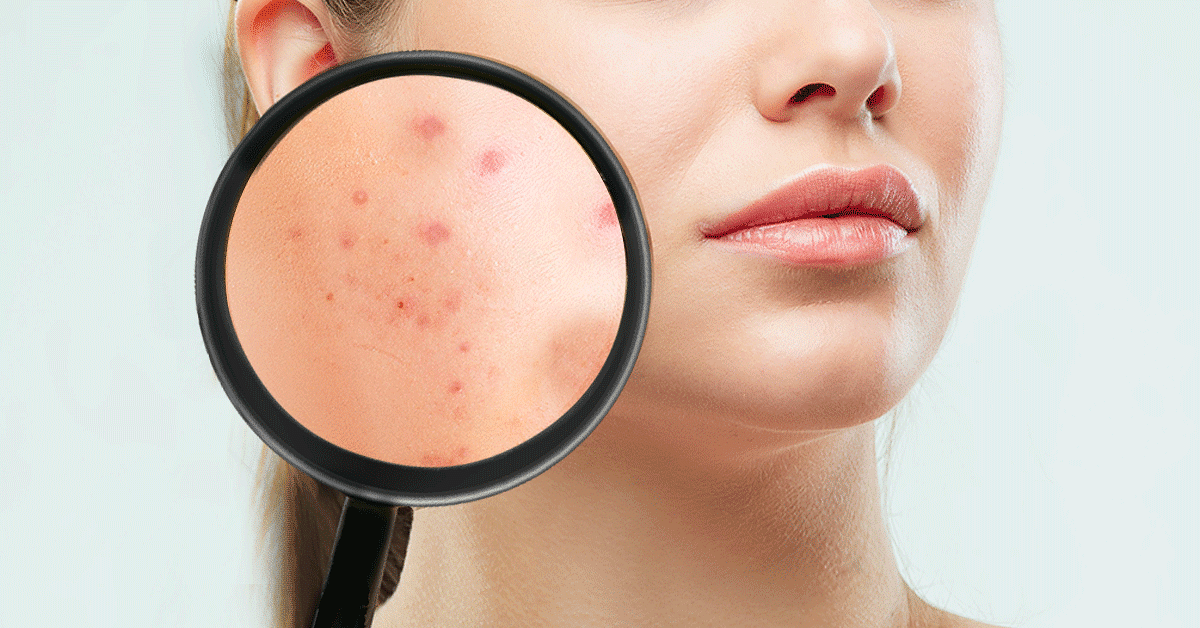Whether you’re a skincare junkie or someone relatively new to the skin care game, I’m sure you must have come across the term “purging” sometime. Most of you must have used Google to find solutions to your skin issues but it could be confusing or overwhelming due to an influx of information. So here is the right information, straight from an expert!
Here is what you need to know about skin purging:
What is skin purging?
When experiencing skin purging, people commonly experience small clusters of rashes that may look like their skin is breaking out, but it isn’t. There is a difference between the two. Skin purging does not leave behind permanent scars on your skin like acne typically can. It usually appears within the first few days of trying out a new product and does not take long to subside or heal. Skin purging usually occurs in areas where you are prone to breakouts and have experienced them in the past. All this being said, everyone’s skin is different, and the signs of skin purging may differ as well.
Why does purging occur?
Skin purging often occurs when your skin is reacting to a product which has an active ingredient you’re incorporating into your routine for the first time. When exposed to such new active ingredients in your skincare, purging takes place because your skin reacts with the ingredient and speeds up the rate of its cell formation.
Simply put, skin purging happens when the speed at which new, healthy cells reach the surface of the skin increases. This increase in the skin’s cellular turnover rate can push old cells with excess build-up and sebum to the surface, which clogs pores and results in breakouts. Once the worst is over, your skin will look smooth, fresh and healthier than before as healthy skin cells appear on the surface, giving you a certain glow!

What products can cause purging?
Your skin purges when an active ingredient known to speed up cell turnover is introduced in your skincare regime. Again, this isn’t a standard and it does not mean you should stay away from these ingredients or products, but rather not be alarmed if you notice the mentioned signs. Some of the ingredients that can (but not always) cause purging are retinoids, AHAs/BHAs, chemical peels, Vitamin C, and some prescription oral acne medications like Accutane (Isotretinoin). Stick through these because it gets worse before it starts to get better.
How long does a skin purge typically last?
Unfortunately, there is no concrete answer. On average, it takes approximately a month for skin cells to turnover. This rate is known to slow down with age. Typically, skin purging can last around 4-6 weeks, but it varies for everyone; some people might not experience it at all. In case your skin does not clear up after a short while, it is highly recommended to consult a medical esthetician who can help you.
How to prevent and treat skin purging?
We understand and know it can be disappointing to get breakouts when trying new products. While we cannot control how long the purge would last, we can do some things to make the whole ordeal a lot easier.
- Hydration is essential
Dealing with skin purging can be difficult, and even if you feel your skin is producing enough oils, it’s never a good idea to stop moisturizing your skin. When your skin feels it isn’t getting enough hydration, it produces more oil which can worsen your symptoms.
- Consistency is key
At the first sign of a purge, we know you might get tempted to run the other way, but trust me, stick with your product. It’s not fun to experience breakouts, but it’s a good idea to get rid of all the dirt and impurities and ultimately achieve the clear, glowing skin of your dreams.
- Hands off your face
No matter how tempted you feel to inspect your face continuously, we can’t stress enough how it is a strict no. Touching your face simply spreads the bacteria and makes situations far worse than they need to be.
- Make mindful choices
Use soothing products to reduce the appearance of your symptoms. Avoid synthetic products, including makeup, harsh treatments and stripping face masks. Try using only natural and antitoxin products.
- Consult a professional
If you feel the situation is not improving and seems to be getting out of hand and it’s not normal, it is always a good idea to visit a professional who can help you out.
Our experts work round the clock to provide you with the answers that you are looking for. If you have any, leave it in the comment section below or send us a DM at @nuawoman. This is a safe space so don’t hold back on any doubts you may have about your body and mind.
Read all of Dr Pavitra Patel’s other articles here.




Thankyou….thanks about telling skin purging